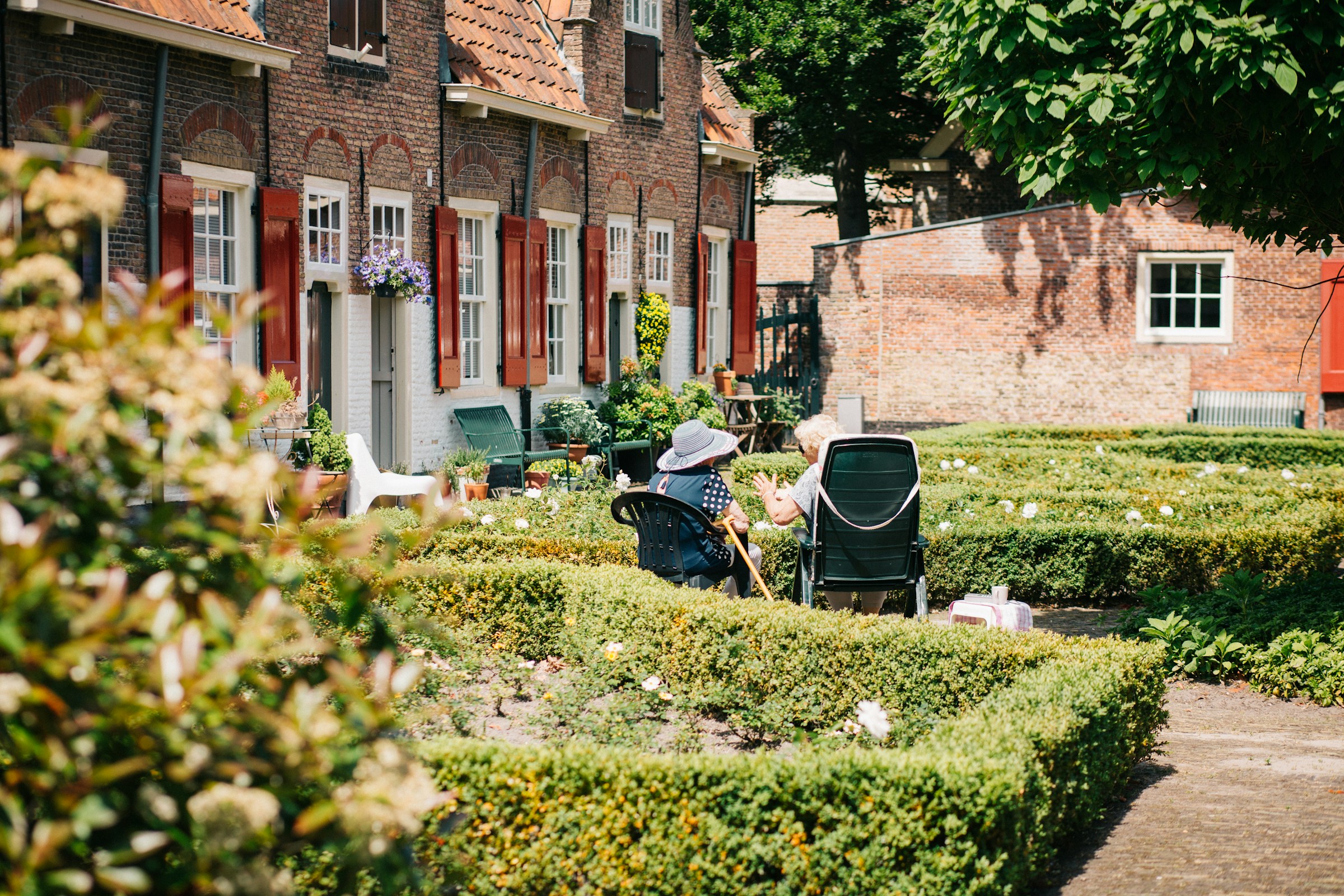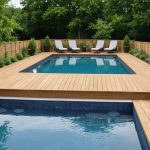Designing a garden that is accessible to everyone, regardless of mobility ability, is an important part of inclusive landscape architecture. In the lush and green city of Oxford, a city steeped in academic history and natural beauty, the concept of ‘inclusive gardening’ can be especially relevant. This concept not only applies to public spaces but also to private gardens. We’re going to discuss how you can design such an accessible outdoor space in this article.
Understanding the Basics of Accessible Garden Design
Before designing an accessible garden, it’s crucial to understand the basics. This involves becoming familiar with the principles of mobility and accessibility, and considering how these principles can be applied to garden design.
A voir aussi : Discover the benefits of maintenance-free composite decking
You may wonder, what makes a garden accessible? Accessibility in this context refers to the ease with which a garden can be accessed, navigated, and enjoyed by individuals with varying levels of mobility. This includes people with disabilities, the elderly, and those with chronic health conditions that limit their mobility.
An accessible garden typically incorporates elements like clear and flat pathways, raised garden beds or planters, seating at regular intervals, and careful plant selection. These elements work together to create a garden that can be enjoyed by all, regardless of physical ability.
En parallèle : What are the best natural remedies for deterring moths in UK wardrobes?
Incorporating Clear Pathways and Routes
The pathways and routes in your garden are what allow individuals to move through the space. For those with mobility issues, the design of these routes can significantly impact their ability to navigate and enjoy the garden.
A pathway should be wide enough to accommodate a wheelchair or a walker, generally about four feet wide. The route should be clear of obstructions such as pots, decorations, or low-hanging branches, and the surface should be firm and non-slip.
In Oxford, particularly in older gardens, it’s common to encounter cobblestone paths. While charming, they can pose a challenge for individuals with mobility issues. If you’re designing a garden in Oxford, consider alternatives like smooth paving stones or compacted gravel.
Using Raised Garden Beds and Planters
Raised beds and planters can make gardening tasks more accessible for those with mobility issues. The height can be adjusted according to the individual’s needs, making it easier to plant, weed, and harvest without having to bend over or kneel.
In Oxford, where space can sometimes be a premium, raised beds also offer a practical solution for compact gardens. They can be built from a variety of materials to match the aesthetic of your garden, including wood, metal, or stone.
Including Resting Places
In an accessible garden, it’s important to provide places to rest. Seating allows individuals to stop and enjoy the garden, and it also provides a place to rest for those who may tire easily.
In Oxford’s variable weather, consider including both open and sheltered seating. This provides options for different weather conditions, allowing the garden to be enjoyed in sunshine or rain.
Selecting Appropriate Plants
Plant selection is another aspect of accessible garden design. Plants should be chosen not only for their aesthetic appeal, but also for their maintenance requirements and sensory benefits.
In Oxford, you might choose plants that are native to the area, as these will generally be easier to care for. For an accessible garden, consider plants that offer sensory experiences, such as those with interesting textures or fragrant flowers.
By understanding the basics of accessible garden design and incorporating clear pathways, raised beds, seating, and appropriate plant selection, you can design a garden in Oxford that is welcoming and accessible to individuals with mobility issues. The joy of a garden should be an experience that everyone can enjoy, and with careful design, it can be.
Incorporating Accessible Utilities and Structures
Ensuring a garden is accessible involves more than just considering the layout and the plants; it also includes the utilities and structures within the garden. These could include elements like water features, lighting, and shade structures. For an individual with mobility issues, these elements should be designed and placed with accessibility in mind.
Water features, for instance, can add a sensory element to your Oxford garden. However, they need to be easily accessible. Consider installing a raised pond or a tabletop water feature that can be enjoyed without the need to bend or stretch.
Lighting is another important aspect of an accessible garden. Well-lit pathways and seating areas can improve visibility, making the garden safer and easier to navigate. In Oxford, where the days can be short during winter months, effective lighting can extend the hours during which the garden can be enjoyed.
Shade structures are equally important, particularly during the summer months. Pergolas, awnings or gazebos can offer a respite from the sun, allowing individuals to enjoy the garden comfortably. Just ensure these structures can be easily accessed and navigated by those with mobility issues.
Considering Maintenance and Sustainability
Another factor to consider while designing an accessible garden in Oxford is its maintenance. A garden that requires high maintenance can be challenging for individuals with mobility issues. Select plants that are easy to care for and require less frequent pruning or watering. This reduces the physical strain and makes the garden more sustainable in the long run.
Sustainability also extends to water management. Oxford’s weather, known for its occasional heavy rains, makes efficient water management essential. Consider incorporating elements like rain gardens or permeable paving to manage runoff and contribute to the garden’s sustainability.
The use of native Oxford plants is another way to enhance sustainability. These plants are adapted to the local climate and soil conditions, making them more resistant to pests and diseases and reducing the need for chemical treatments.
In conclusion, designing a garden in Oxford that is accessible for individuals with mobility issues involves careful consideration of numerous aspects. From the pathways and routes, raised beds and planters, to the utilities and structures, and even maintenance and sustainability. Each element should be planned with accessibility in mind.
The joy of being in a garden should be an experience accessible to all. With thoughtful design and planning, you can create a garden in Oxford that not only looks beautiful but is also inclusive and welcoming, offering a sanctuary to individuals with varying levels of mobility.














